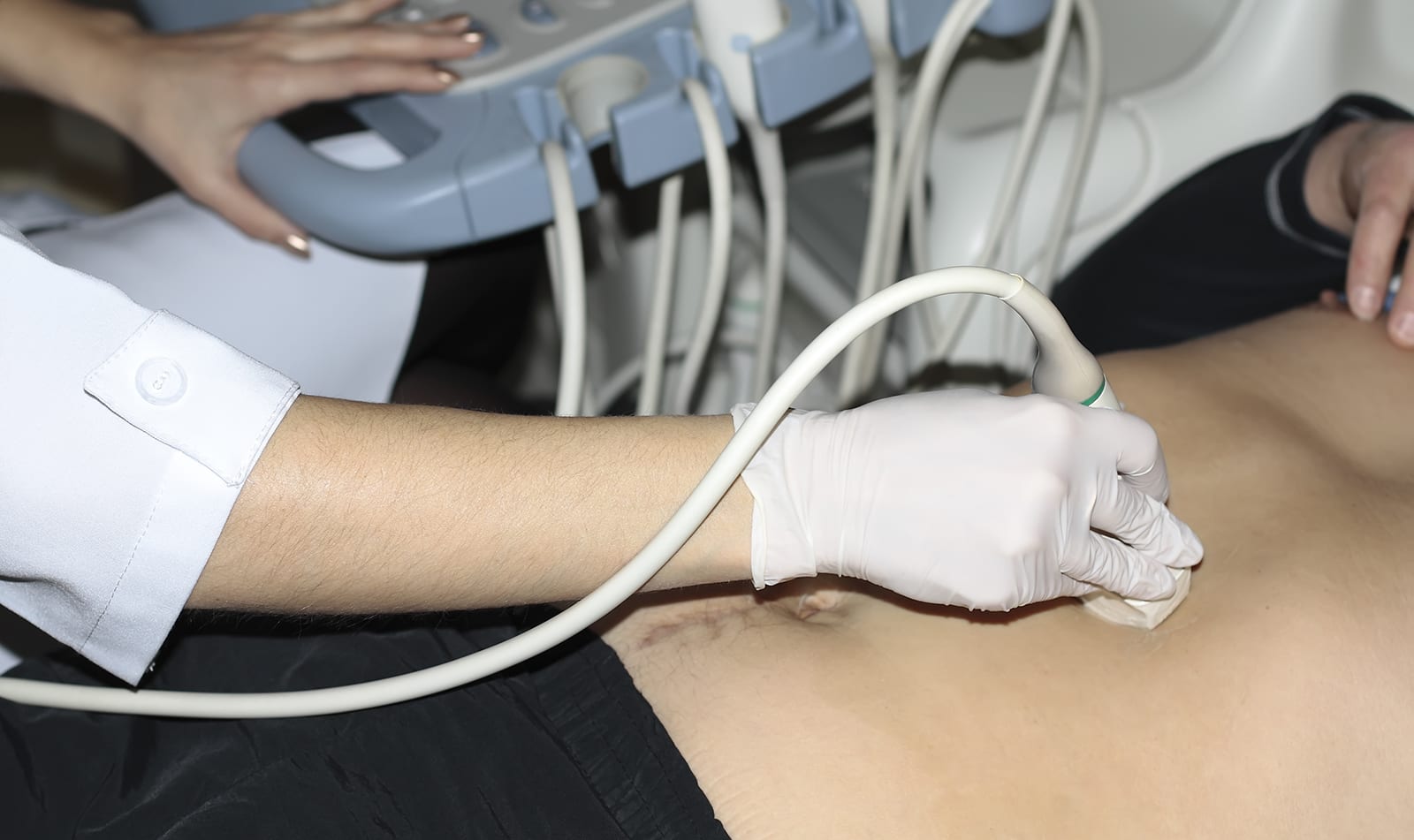Recommendations for Echocardiography Laboratories Participating in Cardiac Point of Care Cardiac Ultrasound (POCUS) and Critical Care Echocardiography Training: Report from the American Society of Echocardiography.
Source: J Am Soc Echocardiogr 2020; Article in Press
The use of cardiac point of care ultrasound (POCUS) is rapidly growing, likely due its ability to rapidly diagnose life-threatening cardiovascular pathologies.
Training of the growing number of clinicians who adopt this technology is challenging, and echocardiographers and sonographers may be asked to play a role in the training process of trainees from disciplines outside of the cardiovascular field. This, in turn, may stress the echocardiographic laboratory and will require additional resources.
This manuscript, which was written by representatives from cardiology, critical care medicine, emergency medicine, and cardiac anesthesiology and others, was written to help with training non-cardiologists in cardiac POCUS based on expert guidance.
Types of ultrasound examinations: The group define four main forms of transthoracic cardiac ultrasound:
1) Ultrasound assisted physical examination (UAPE)
2) Cardiac POCUS
3) Critical care echocardiography (CCE)
4) Standard transthoracic echocardiography.
These four types of ultrasound examination of the heart differ with regard to philosophy, scope, and training and should co-exist as separate and complementary techniques within the field of cardiac ultrasound.
Identification of trainee needs: Learning how to perform and interpret the cardiac ultrasound exam is challenging at any level. The process is labor-intensive and time consuming. Therefore, many trainees and in particularly in academic settings, will be seeking help from the echocardiography laboratory. For best results, an open discussion with the trainee’s program director is beneficial to establish the training objectives, and to a coordinate the optimal training experience.
The user’s practice dictates the spectrum of cardiac-POCUS use; indication-based vs. general examination, patient’s location (inpatient vs. outpatient) and subspecialty (focus vs. comprehensive exam). Therefore, identification of the trainee needs should be identified before the beginning of a rotation in the echocardiographic laboratory, and the laboratory personnel may need to adjust the curriculum to the available training time.
Recommendations for trainee categories: The manuscript describe the experts’ recommendations for POCUS/CCE training based on the trainee experience categories.
Observer:
A. Introductory Echocardiography Curriculum
B. Observation Experience
C. 20 TTEs
D. 10 stress echos
E.( 5 TEEs)
Ultrasound assisted physical examination (UAPE):
A. Medical Student/Novice Curriculum
B. ≥2 weeks training
C. Novice Portfolio
D. 30 proctored cardiac POCUS scans
E. UAPE Refresher (days)
F. 10 proctored UPAE scans
Cardiac Pocus:
A. Medical Student/Novice Curriculum
B. ≥1-2 weeks training
C. Cardiac POCUS Portfolio
D. 30-50 proctored cardiac POCUS scans with image review and interpretation in comparison with full feature echo
E. Cardiac POCUS Refresher
F. 10 proctored scans
Critical Care Training (CCE):
A. Critical Care Curriculum
B. ≥2-3 months
C. CCE Portfolio
D. 150 proctored CCE scans with image review and interpretation in comparison with full feature echo
E. CCE Refresher (days)
F. Critical Care Case Curriculum (optional)
G. 30 proctored CCE scans
 English
English
 Español
Español 

